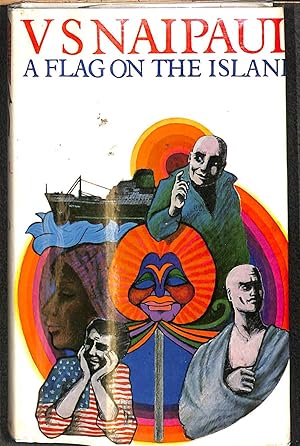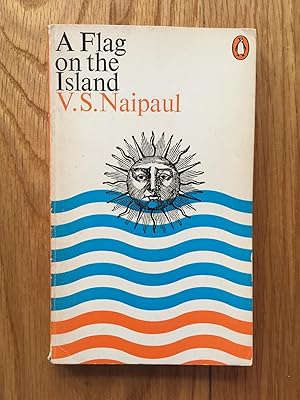Reading again A House for Mr Biswas. It might be interesting for someone to compare and contrast Naipaul's depiction of rural life (Pagotes, The Chase, Green Vale, etc. and also Hanuman House as almost a village of its own) with, say, that of Hardy.
Naipaul displays a number of gifts in this book. For example, that of satirist -- but he doesn't let that gift run away with his book. That's one of the things that makes the book hold up so well upon rereadings, I suppose. He could have let Biswas's period as a writer of cheap sensationalist newspaper copy run away with the story -- I have no doubt of his possessing powers of invention enough to provides page of the stuff -- but he doesn't.
Naipaul's Trinidad is artistically convincing, but he doesn't weigh down his chapters with exposition. Only rarely do I find myself puzzled. I still haven't quite figured out the "soft candle" thing; yes, I googled it, but why Shekhar would threaten suicide by means of rope (hanging) and soft candle, that I wouldn't be able to explain completely.
I'm interested in the contrast between guilt culture and shame culture, and this book provides insight into the latter.
Naipaul could have included a family tree for Biswas's family and, especially, that of the Tulsis, but I can see an artistic justification for not doing so and leaving it to the reader to do so (as I've done) -- namely, a family tree would suggest that these various people possess more individualism than they have sought or desire; the Tulsis especially -- rather, the women especially tend to be guided by the rituals of the household and of a compromised Hinduism.









